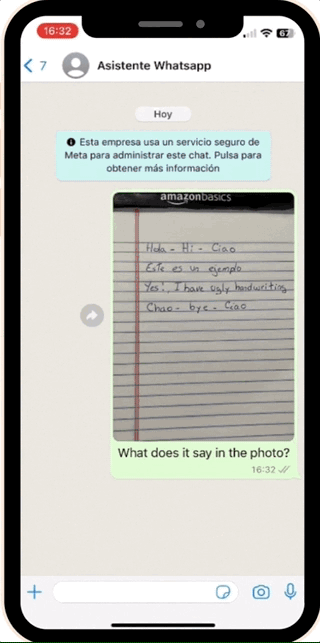Introduction
In this guide, we’ll explore how to send emails using Node.js with the help of Nodemailer, a module for Node.js applications to allow easy email sending.
Prerequisites
Before we dive into the code, ensure you have the following prerequisites:
Node.js installed on your system
An understanding of JavaScript and Node.js basics
An email account for sending emails
Basic knowledge of Express.js (optional)
Setting Up Nodemailer
First, install the Nodemailer package in your Node.js project using npm or yarn:
npm install multer
Setting environment variables
Then, create a .env file in your project directory to store sensitive information like email credentials:
EMAIL_PORT=your_email_port
EMAIL_USERNAME=your_email_username
EMAIL_PASSWORD=your_email_password
Replace your_email_host, your_email_port, your_email_username, and your_email_password with your email provider’s SMTP details.
Writing the Code
As in this example I am using Express.js we should make router and controller for our API. Lets start with router which will
Setting up Express Router
Now, let’s write the Node.js code to send emails. Here’s an example function using Express.js for handling email sending requests. In more advanced example I added middelware for validation and token verification, but we can skip it for now. If we want user to be able to attach files when sending email, we can use multer for easy file uploading.
const express = require(‘express‘);
const router = express.Router();
require(‘dotenv‘).config();
const verifyToken = require(‘../../middleware/verifyToken‘);
const upload = require(‘../../libs/multer‘);
const { emailSenderValidation, emailContactValidation } = require(‘../../middleware/mailerValidation‘);
const { sendNotifyPlainEmail } = require(‘../../controllers/email/emailController‘);
// POST route for sending notification emails with plain text
router.post(‘/notify/plain‘, upload.any(‘files‘), verifyToken, emailSenderValidation, sendNotifyPlainEmail);
module.exports = router;
Controller Functions
Now, let’s define the controller functions for handling email sending in emailController.js:
require(‘dotenv‘).config();
const path = require(‘path‘);
const { validationResult } = require(‘express-validator‘);
const { generateSimpleEmail, generateContactEmail } = require(‘./emailGenerator‘);
async function sendNotifyPlainEmail(req, res) {
const errors = validationResult(req);
if (!errors.isEmpty()) {
return res.status(400).json({ errors: errors.array() });
}
const { to, cc, subject, content } = req.body;
try {
const transporter = nodemailer.createTransport({
host: process.env.EMAIL_HOST,
port: process.EMAIL_PORT,
secure: true,
auth: {
user: process.env.EMAIL_USERNAME,
pass: process.env.EMAIL_PASSWORD,
},
tls: {
rejectUnauthorized: true,
},
});
const haveAttachments = req?.files ? req.files.map(file => {
return {
filename: file?.originalname,
path: path.join(‘uploads‘, file?.originalname),
cid: file?.filename
}
}) : false;
const info = await transporter.sendMail({
from: ‘“Admin Test 🚀” <office@mail.com>‘,
to: to,
cc: cc,
subject: subject,
text: content,
html: content,
attachments: haveAttachments ? haveAttachments : ”
});
console.log(info.envelope);
console.log(“Message sent: %s“, info);
res.send({ data: `Email sent to ${to}`, messageId: info.messageId }).status(200);
} catch (exc) {
console.error(‘error happened‘, exc);
res.status(400).send({ message: `Message was not delivered to ${to}`, error: exc });
}
}
module.exports = { sendNotifyPlainEmail };
Testing API
Ok now we have our API so we want to test it , easiest way to do is with postman or curl, here is the example for curl :
–header ‘x-api-key: 1111111-1111-111-1111-11111’
–form ‘to=”jagetic.bojan@testmail.com”‘
–form ‘content=”Test 123″‘
–form ‘subject=”Test Subject”‘
After successfully calling our new API we should be able to see response
Conclusion
With this code, you can easily send emails using Node.js and Nodemailer. Remember to handle errors gracefully and secure your email credentials properly.
Feel free to customize the code according to your specific requirements and integrate it into your Node.js applications for sending emails effortlessly.
Please leave your comments if you want part 2 where we will be sending email templates using mailer and be sure to checkout original post




